
More is More: Immersive Audio
Thanks to L-Acoustics’ L-ISA and d&b’s Soundscape making headlines, it really feels like immersive audio’s time has come.
Thanks to L-Acoustics’ L-ISA and d&b’s Soundscape making headlines, it really feels like immersive audio’s time has come.
Immersive (or ‘spatial’) audio has been around for a while. Ambisonics’ bubble of 3D sound was first in development in the ’70s, for example. But now the conditions are right for immersive audio to take a leap forward into mainstream concert touring, AV events, audio installation, musical theatre, museum and exhibitions, and more.
Such is the flurry of activity it’s hard to separate what ‘immersive’ is and isn’t. Let’s break it down.
IMMERSIVE: 1 WORD, 2 PURPOSES
When we talk about immersive audio systems we’re talking about systems designed to potentially do two distinct jobs (and occasionally, they’ll do both).
The first is room enhancement.
The most famous of these systems is Meyer Sound’s Constellation, where scores of loudspeakers are carefully installed within a room, along with dozens of microphones that sniff the sounds in the space then reproduce them through the speakers to simulate a room with a different tonality or decay time than the natural reverberation. Constellation has been used to rescue concert halls with shoddy natural acoustics. It’s also been used to supercharge presentation spaces.
OBJECT-BASED MIXING
The other aim of immersive audio systems is to improve upon stereo via object-based mixing. This is the rapidly emerging application which itself is manifest in two main formats: Frontal and 360.
Immersive frontal mixing sees the audio engineer sending instruments or stems to not less than five loudspeaker sources across the top of the stage.
360 mixing incorporates additional surround speakers — to the sides, rear and overhead.
As mentioned, object-based immersive mixing is, at its core, about addressing the shortcomings of stereo.
Stereo is great if you’re planted in the sweetspot — whether that be in your production studio’s Herman Miller or in a muddy festival field. Of course, in a gig situation a very small percentage of the audience is actually in the stereo sweetspot.
You can address this by placing more loudspeakers across the front, above the stage, and creating an immersive zone. Rather than placing your source via varying amplitude between the left and right speakers, you can now position that signal into the appropriate speaker anywhere between the left and rightmost speakers. It means that no matter where you are in the room and the coverage area, the audio image remains true.
For 360° mixing, you can extrapolate from there, around and above the listening area.
THE PROBLEM
Forget about Pink Floyd cash registers going off behind you or THX-style glass shards flying overhead, most immersive productions will be ‘frontal’ with five arrays spaced out above the stage, and one line of subs flown even higher, above the central array (additional arrays can be placed either side of the stage for additional width).
While it’s easy to dismiss immersive audio as the 3D glasses of live sound, these frontal arrays actually solve a lot of the problems of a traditional PA system. So what does hanging five achieve that a standard stereo deployment doesn’t?
In a typical stereo deployment the coverage of the left and right hangs is designed to overlap as little as possible to gain the most even coverage of the venue. This creates a number of problems.
Firstly — from a listening perspective — there’s only one best seat in the house. Localisation of sources by panning them to their position only works for a very small sweet spot in any venue. If you’re off to the side, you’ll almost exclusively hear one PA hang and not the other. So, even though a centre stage vocalist will be panned to the centre, instead of sounding like they’re coming out of the middle of the stage, their sound will be localised to the PA hang closest to you.
From the mix perspective, this means most engineers mix largely in mono, so that people on the left side of the venue aren’t simply hearing what’s been panned to the left side of a stereo mix — half the drums, half the guitars, and some vocals.
Secondly, because there are two PA hangs, you also need to correlate the low end to those arrays. That means the core energy of the subs is typically generated in a way that creates a power alley down the middle of the venue where the sub energy is at its maximum summation. Step a few paces either side of that and you could find yourself in a low end null that could drop that energy by 30dB.
Thirdly, while we have some incredibly powerful PAs that can throw long distances and disperse in a wide pattern, there is still a fight for clarity. By having everything on stage come out of the same PA hang, the FOH engineer has to heavily filter, EQ, and compress every sound to create intelligibility while also giving that sensation of sonic impact.
THE SOLUTION
On paper, a frontal immersive system overcomes all of those issues. Firstly, by having multiple spaced arrays across the stage, the sound can be localised to its stage position and every patron in the ‘immersive zone’ will be treated to a ‘what you see is what your hear’ audio image of the stage. If a singer is in the centre of the stage, the sound emanates from the centre hang.
It also means mix engineers don’t have to mix in mono any longer.
Secondly, because the energy is dispersed across multiple arrays, there’s also a completely different approach to overlap. Rather than maximising coverage with two high-powered arrays by minimising overlap, there is plenty of overlap between all of the arrays. It means that the sub energy doesn’t have to be correlated as strongly to the stereo hangs, but can be primarily located as a mono source, above the central hang, that disperses evenly throughout the venue. No more power alley.
Thirdly, because there are multiple arrays, mix engineers can localise a source to a particular array, like a vocal in the centre array. By spreading the load across multiple hangs, the content in each array has less to fight with and requires less volume to be intelligible. Vocals are more intelligible. Every instrument is heard with more precision, the audio engineer isn’t so compelled to resort to a bag of EQ and compression tricks to achieve separation in a mix, while the extra ‘depth’ dimension can help to create lush and spectacular soundscapes. Mixes can feel impactful at a much lower level.
RUBBER HITS THE ROAD
So how will immersive audio impact on the real world of AV events and installation?
We talk to big-event (and Emmy Award-winning) specialist Scott Willsallen about his audio design for a no-expense-spared UAE National Day celebration. With seven frontal arrays across an enormous stage, along with loudspeakers on the sides, rear and overhead, it’s safe to say this kind of approach will be the exception rather than the rule.
Most AV events will see immersive audio’s influence via the introduction of extra frontal arrays.
Saying that, aspirational concert halls would do well to consider a 360 system in their next upgrade. Sydney Opera House certainly did when it upgraded the Dame Joan Sutherland Theatre (regrettably that story will have to wait for a future issue).
Naturally, it all depends on the application and the budget. Which is why we’ve tackled this story from a number of angles. I trust it gives you a solid background in what is a rapidly emerging new audio paradigm.

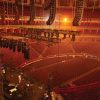


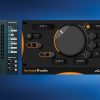
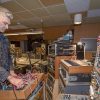
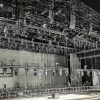











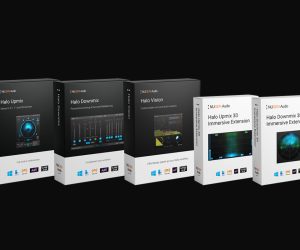
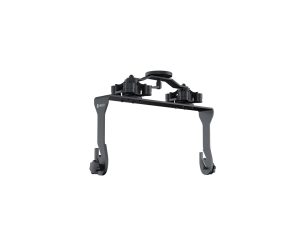



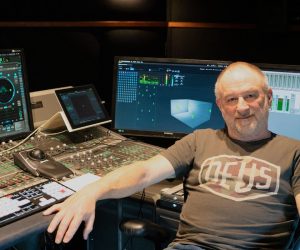


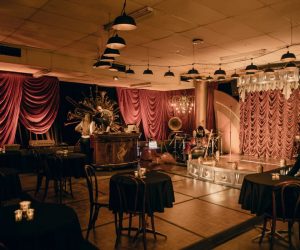
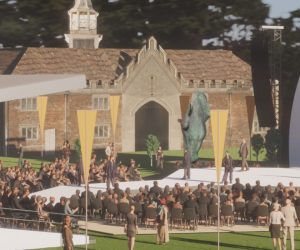


RESPONSES